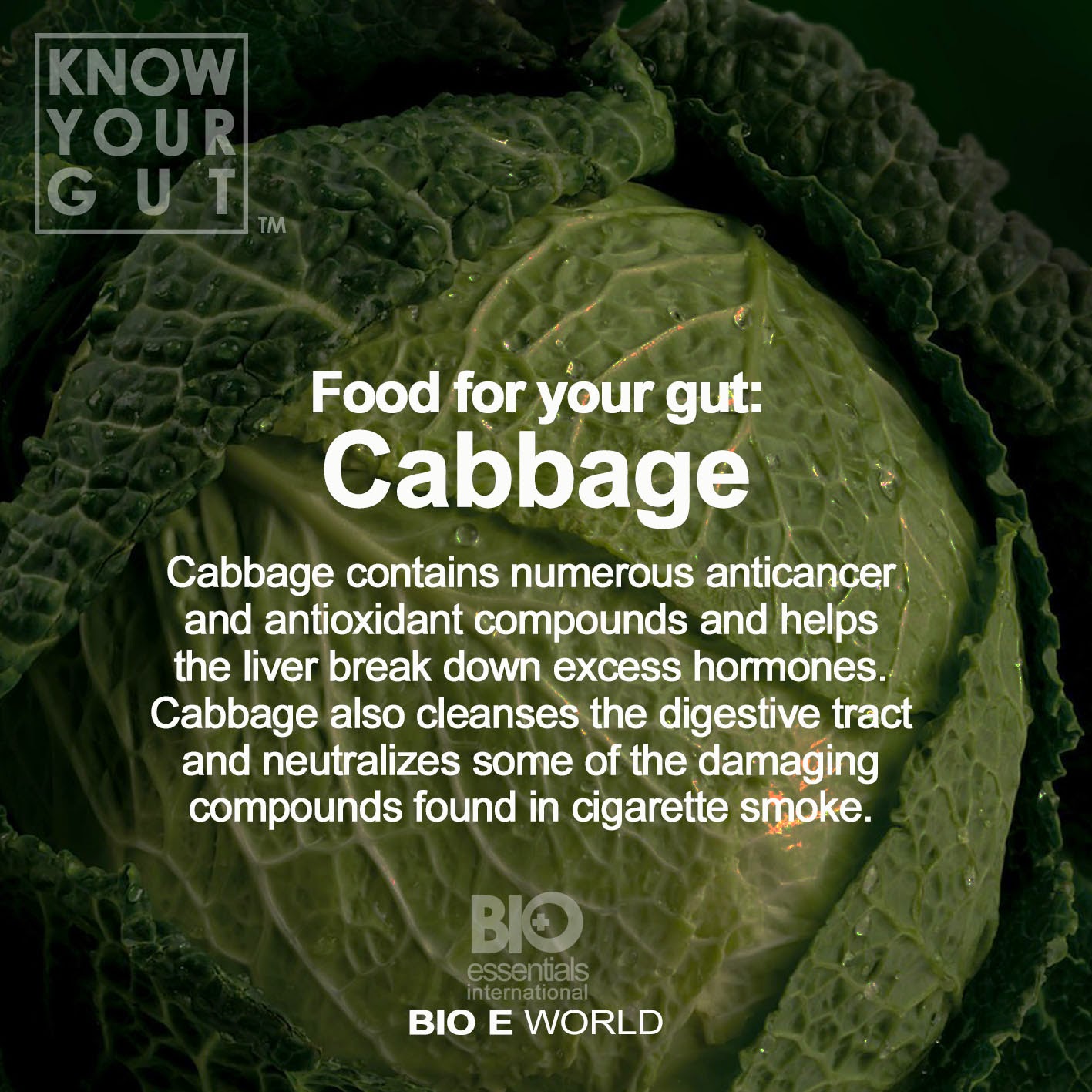Comparison of the Healthy Eating Plate and the USDA’s MyPlate
Click Image to Enlarge |
Sections of the Healthy Eating Plate | Corresponding sections of MyPlate |
| Whole Grains The Healthy Eating Plate encourages consumers to choose whole grains and limit refined grains, since whole grains are much better for health. In the body, refined grains like white bread and white rice act just like sugar. Over time, eating too much of these refined grain foods can make it harder to control weight and can raise the risk of heart disease and diabetes. | Grains MyPlate does not tell consumers that whole grains are better for health. |
| Healthy Proteins The Healthy Eating Plate encourages consumers to choose fish, poultry, beans or nuts, protein sources that contain other healthful nutrients. It encourages them to limit red meat and avoid processed meat, since eating even small quantities of these foods on a regular basis raises the risk of heart disease, diabetes, colon cancer and weight gain. | Protein MyPlate’s protein section could be filled by a hamburger or hot dog; it offers no indication that some high protein foods are healthier than others, or that red and processed meat are especially harmful to health. |
| Vegetables The Healthy Eating Plate encourages an abundant variety of vegetables since Americans are particularly deficient in their vegetable consumption—except for potatoes and French fries. Potatoes are chock full of rapidly-digested starch, and they have the same effect on blood sugar as refined grains and sweets and limited consumption is recommended. | Vegetables MyPlate does not distinguish between potatoes and other vegetables. |
| Fruits The Healthy Eating Plate puts fruits on the bottom, beneath vegetables, since we don’t need as much fruit each day as vegetables. | Fruits MyPlate puts fruit on top of vegetables, though it does show a smaller portion of fruit than vegetables. |
| Healthy Oils The Healthy Eating Plate depicts a bottle of healthy oil, and encourages consumers to use olive, canola, and other plant oils in cooking, on salads, and at the table. These healthy fats reduce harmful cholesterol and are good for the heart, and Americans don’t consume enough of these healthful oils each day. It also recommends limiting butter and avoiding trans fat. | (Not included in MyPlate) MyPlate is silent on fat, which could steer consumers towards the type of low-fat, high carbohydrate diet that makes it harder to control weight and worsens blood cholesterol profiles. |
| Water The Healthy Eating Plate encourages consumers to drink water, since it’s naturally calorie free, or to try coffee and tea with little or no sugar, which are also great calorie-free alternatives. It advises consumers to avoid sugary drinks, since these are major contributors to the obesity and diabetes epidemics. It recommends limiting milk and dairy to 1 to 2 servings per day, since high intakes are associated with increased risk of prostate cancer and possibly ovarian cancer; it recommends limiting juice, even 100% fruit juice, to just a small glass a day, because juice contains as much sugar and as many calories as sugary soda. | Dairy MyPlate recommends dairy at every meal, even though there is little if any evidence that high dairy intakes protect against osteoporosis, and there is considerable evidence that too-high intakes can be harmful. MyPlate says nothing about sugary drinks or juice. |
| Stay Active The figure scampering across the bottom of the Healthy Eating Plate’s placemat is a reminder that staying active is half of the secret to weight control. The other half is eating a healthy diet with modest portions that meet your calorie needs. | (Not included in MyPlate) |




Comments
Post a Comment